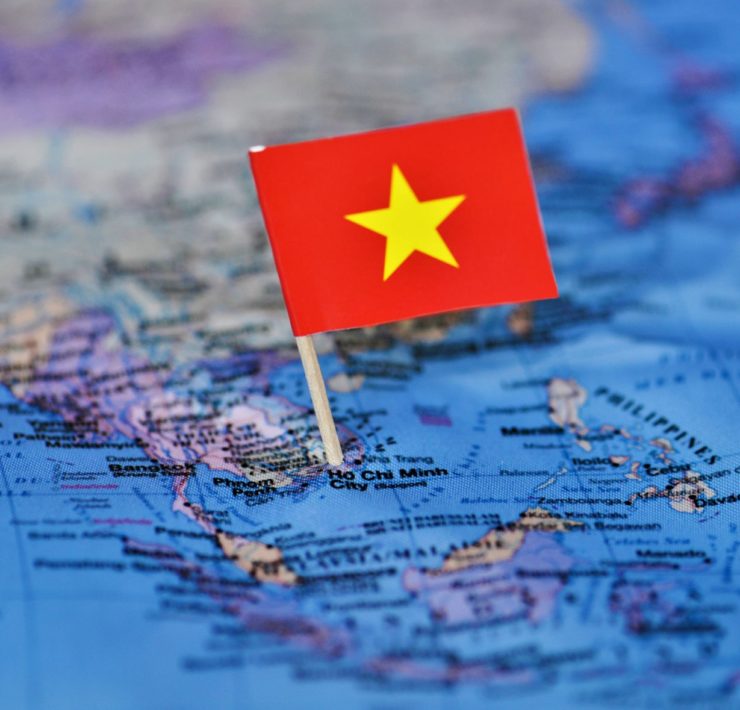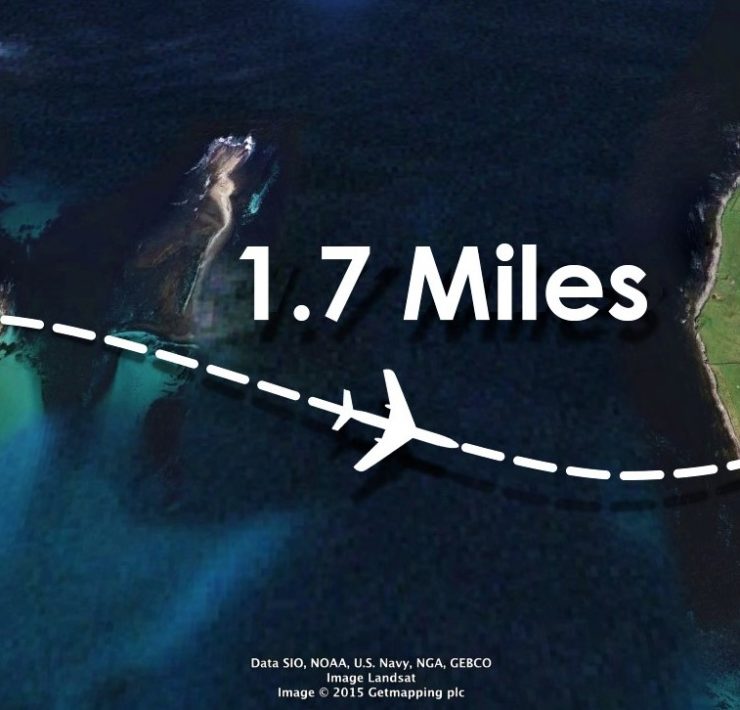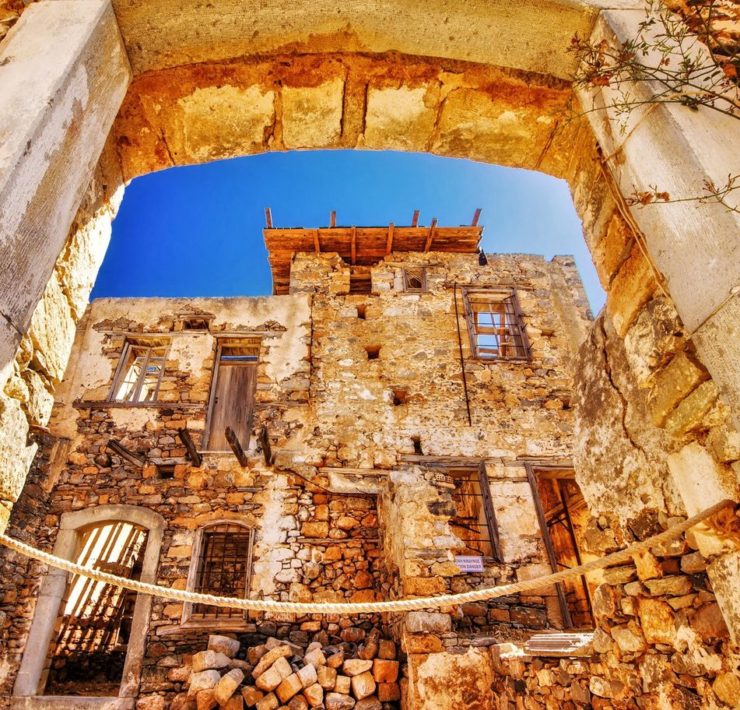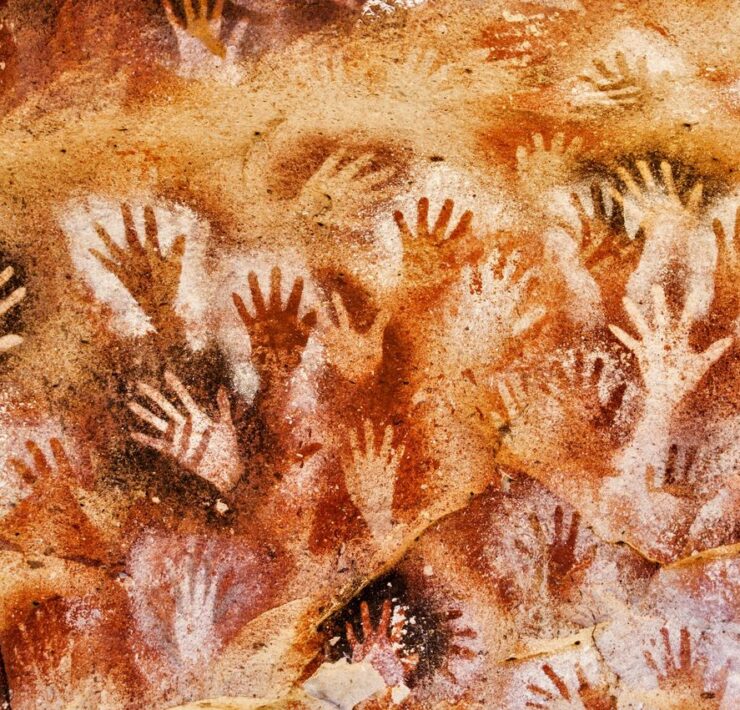Although dictators are heinous people who should never be revered or honored in any way, there was a time in every dictator’s life when they had followers who respected them, looked up to them, and honored them. Many, if not all, had statues of them created to symbolize their leadership and power. But what do you do with a statue of an infamous dictator once they’ve been overthrown? Certainly you wouldn’t want that hanging around town; it would be quite an eyesore. So really, your only options are to either destroy it, or move it somewhere else. It seems like Lithuania went with the latter, with interesting results.
Grutas Park, in southwest Lithuania, is a sculpture park featuring statues of major communist figures such as Stalin, Lenin, and other infamous local communist leaders. The entrance prepares you for the gloom within, with a watchtower, barbed wire fences, Polish and Lithuanian border markers, and a freight train. Along with the sculptures, caged animals (including a zebra and a kangaroo), a cafeteria, a playground adorned with guns, and museums can also be found within the park. The park even features a mock gulag, the type of prison and labor camp used by the former Soviet Union, which really takes you back to the days of communism and Soviet dictatorships.
Already, this park seems full of darkness from the past. It’s even nicknamed “Stalin World,” which can’t give it a good reputation. In fact, in 2001, the park earned its founder the Ig Nobel Prize, a parody of the Nobel Prize that awards those who use silly, ridiculous, or unexpected methods to make people think.
Understandably, there are many people who disapprove of this park. After all, having a park that seems to pay tribute to some of the world’s most oppressive leaders can give the area a pretty bad image, and it comes off as rather insensitive to the victims of these dictators. Proponents of the park argue that it is not a tribute, but rather a reminder of what happened, and where the world should never go again.
The park’s museum really promotes the sentiment that we should learn from our mistakes. Artifacts include propaganda paraphernalia, newspaper clippings, and photo galleries from Soviet days. The photos, as well as the statues and sculptures outside, are in social realist style, which is characterized by realistic looking workers, soldiers, or leaders shown in a glorified or powerful manner.
Regardless of whether you think the park is offensive to the victims of these regimes, or whether you think it’s a good educational reminder to learn from the past, Grutas Park is certainly an interesting place to visit.
When On Earth Magazine is for people who love travel. We provide informative travel guides, tips, ideas and advice regarding places to see, things to do, what to taste, and much more for world travelers seeking their next dream vacation destination.






